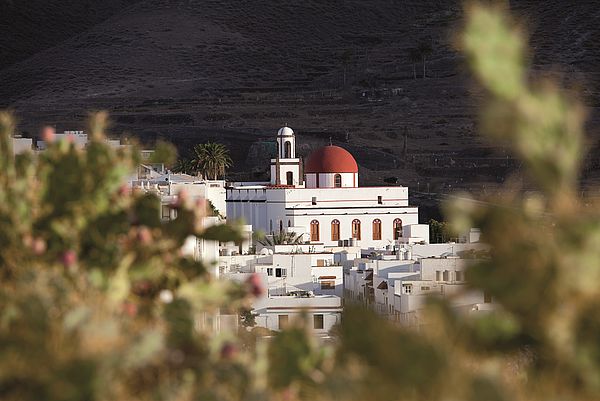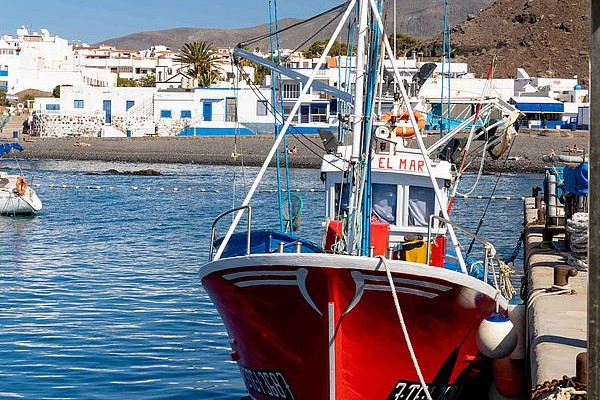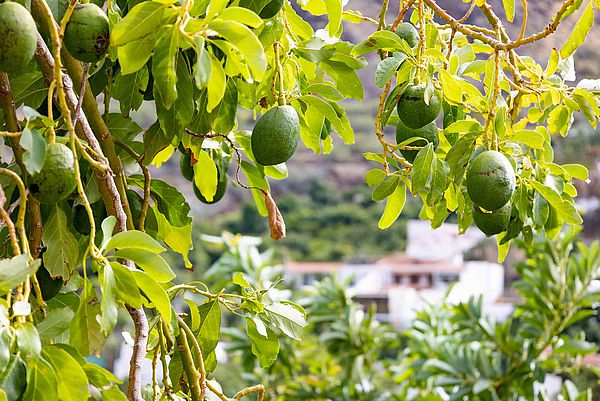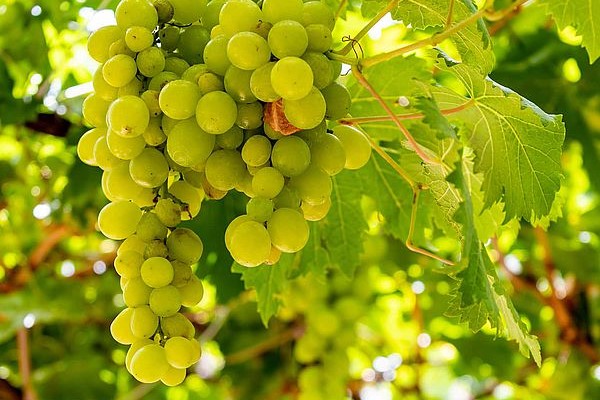The fisher women of Agaete no longer go around the sidestreets of the north of Gran Canaria, carrying a bowl of sardines on top of their heads shouting “Sardiiiiiines! Fresh sardines! Lovely sardines!”. Those times of sacrifice and hard life are fortunately long gone and are now just stories old grandmothers in Agaete might pass on to their grandchildren. Some of these grandchildren, indeed, are fishermen today and when night falls with no moonlight, they set off “to see if they can catch a bite in the dark”.

So they will be up as early as three o’clock in the morning, starting up the engines on their little boats (around 10 metres long) and sailing out, keeping the coastline within view (to coin a phrase, as the mountains are actually really hard to make out in the darkness, but there are always odd lights to guide them along), towards different points along the coastline of La Aldea and Sardina, to the west of Gran Canaria.
A small boat is pulled along behind which allows them to trawl in the sardines, which they attract to the boats with a bright light. The water is about 30 feet deep at this point and foam starts to bubble up to the surface, signaling that the sardines are on their way up. It has been a long wait, but there they are, preceded by mackerel, who are first to reach the surface. Once they have got the trawling net around them, it is time to pull them in.

At sunrise they moor up in the next port, at Las Nieves, where vans are waiting to be loaded up with the prized catch, to take the fish to their customers, so they can taste the fruits of the seas.
At these early hours of the day and following a night of hard work, what the fishermen feel like most – this is a matter of habits and tastes – it to sit back and have a swig of nice coffee. Luckily for them, the coffee in Agaete is the best around, and is cultivated just a few kilometres up the road in the valley of the same name.

Agaete can proudly boast of being the only place to cultivate coffee in Europe, with a tradition that goes back to the 19th century, with one of the scarcest and most ancient beans in the world, within a common coffee type, the Coffea arabica.
Production is on a small scale, and the coffee plants are traditionally planted along the borders of the plantations. They currently hold pride of place and are the centre of attention for many estates, although they have not abandoned other crops for which the valley is equally famous on the island: and while we are on the subject of breakfast, before we take a sip of coffee, a fruit salad of excellent papayas and oranges plucked from the trees will go down very nicely.

Half way through last century the valley was mainly for banana crops, in this case “the coffee plants were planted around the edges as they shielded from the wind and produced something”, explains one of the old farmers from the area. “This valley used to be all coffee, from Los Berrazales all the way down to the Puerto de Las Nieves –continues another–. But at the La Casa Rosada as we call it –nowadays a lovely peaceful rural hotel–, from this point downwards we grew less coffee because it was getting too near the beach and coffee growers don’t want any interference from the sea. But this valley used to have coffee nearly everywhere”.
HandMade Tours organizes made to measure excursions, for small groups and with a personalized service. Gastronomic Tours that provide an insight into the coffee-growing culture of the Valley of Agaete.
Telephone: (+34) 677 389 690
Email: welcome@handmadetours.es
Web: www.handmadetours.es